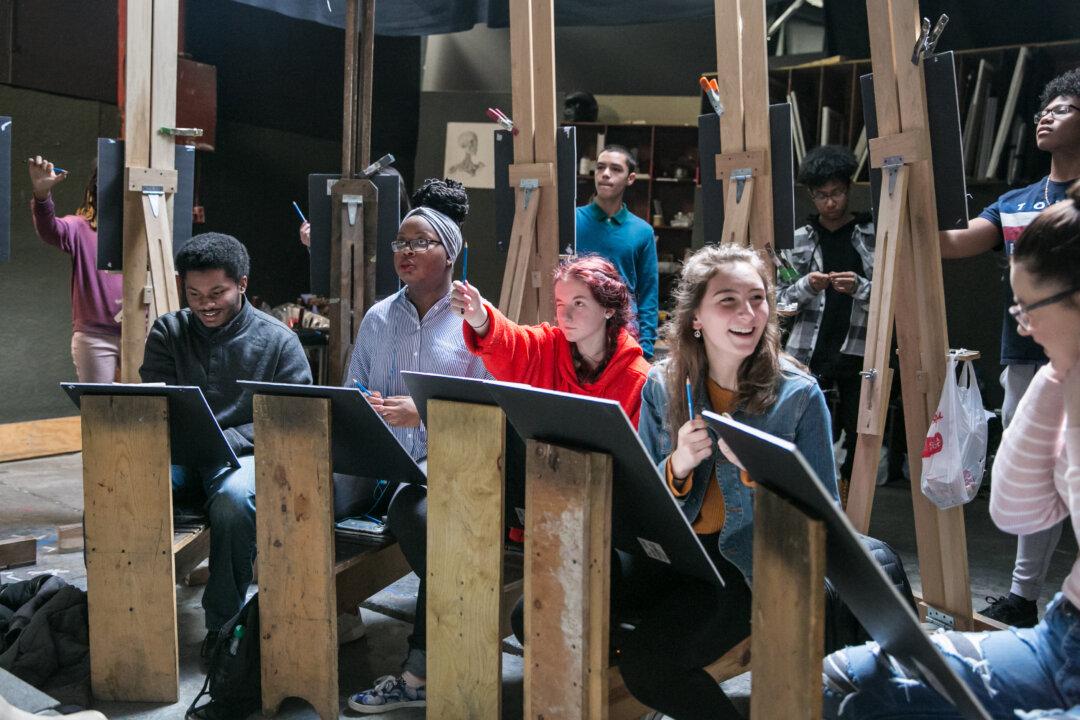NEW YORK—When Sean Witucki was a child surveying the landscape of the Berkshires, where he grew up, he would ask himself: Why is a mountain where it is? Why does a stream flow the way it does? Why do trees grow the way they do? Eventually, he realized that by drawing and painting those mountains, streams, and trees, he would pay more attention. Time would slow down. He would see more, understand more, and feel he was part of nature rather than just an observer.
As much as Witucki loves the outdoors, every year this landscape painter and art teacher at the Buffalo Academy for Visual and Performing Arts (BAVPA) takes a group of his high school students on a three-day field trip to the big city. Besides seeing some main attractions (like Times Square, Chinatown, and The Metropolitan Museum of Art), the itinerary centers around a drawing workshop given by Edward Minoff at Grand Central Atelier (GCA).






